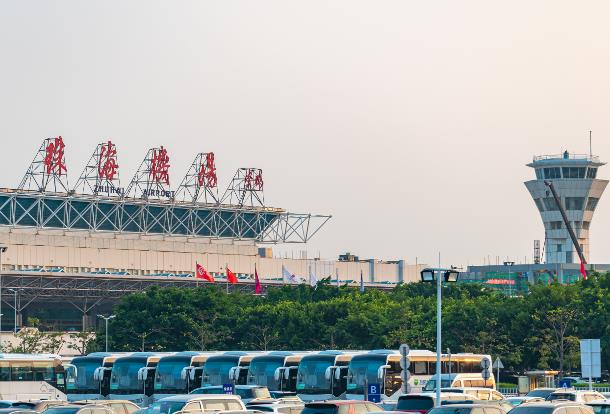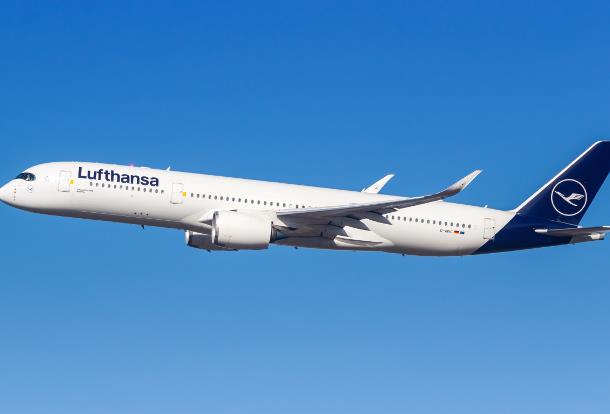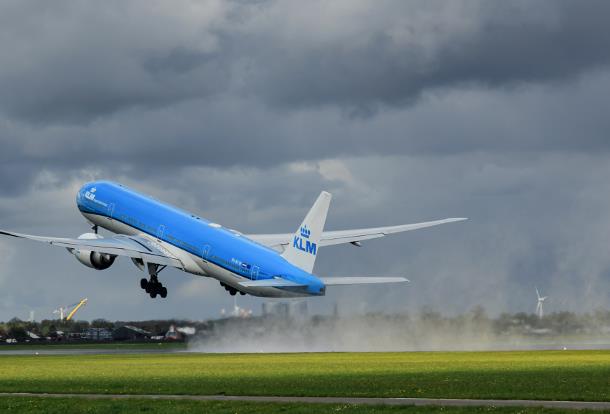As Beijing’s second airport currently under development will be positioned as "a major international air hub" , similar to the existing Beijing Capital International Airport, the two airports are expected to engage in moderate competition in route network, while they will maintain different emphases in ongoing strategy – the Capital Airport will go for “quality enhancement” whereas the new airport will put strive for “quantity”.
Beijing Capital International Airport Company’s general manager Xuesong Liu shed light on this strategy at the opening ceremony of the 6th Beijing Global Friend Airports CEO Forum on September 6. Beijing Capital International Airport will go for lifting quality by means of divesting functions not related to a non-international hub, expanding international route network and increasing its share of international traffic, so as to improve functional planning and optimize its positioning in civil aviation.
On the other hand, the new airport will initially work on “quantity”, by which he referred to completing construction on time, stepping up the preparation of the new airport’s operation and moving flights from the Capital Airport to the new airport in the transition period, so as to serve its function in supporting the development of Xiong'an District, a new area that the airport is designated to serve.
Works on the new airport’s core integration air transportation centre have been completed at the end of August. The passenger terminal will be topped up by the end of this year in accordance with the airport’s master development plan. The main building of the new airport is scheduled to be completed by the end of 2018 and it is expected to begin operation in 2019.
Mr. Liu revealed that RMB 30.8 billion has been pumped into the new airport development so far, which is about 39% of the total investment. It can be extrapolated that the total costs for the new airport could reach RMB 78.974 billion.
How the roles of the two Beijing airports will be coordinated has yet to be made clear, but Mr. Liu suggested that the two airports adopt a “dual air hub” strategy, and both of them will be positioned as major international air hubs.
By being "dual hubs", it means the two airports will develop in parallel and in tandem, each will be operated independently with moderate competition. The plan of assigning airlines from different airline alliances to each airport is conducive to optimizing the hub route networks and achieving economies of scale. At the same time, the two airports can complement each other, and leverage the strengths of their respective carriers in different segments of the global route network to focus resources and efforts in developing quality markets.




